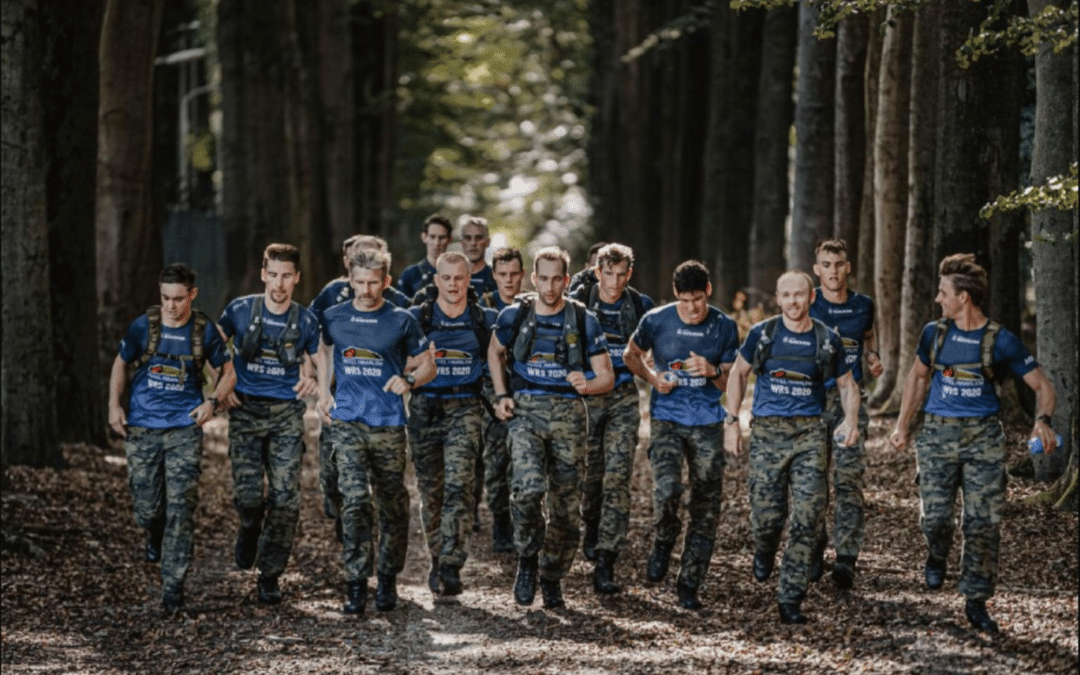What do you do, if you find yourself all of a sudden hanging from a cliff? In 1982 I applied for a “crisis management course”, as I found out many years later.There was a tough mental and physical selection. The course itself was pretty hands-on, to finally lead yourself and others through times of uncertainty. From day one we had to learn to live with this uncertainty. When we thought we had a grip of the situation, it changed. Not knowing what the day would bring. Only knowing where we were heading to.
We learned by doing. By applying a common language, routines and behaviours we were able to adapt to the situations we were faced with and constantly ensured our plan allowed us to continue the journey. The first 10 years I had the luxury to do this in a training environment and the last 6 years of this “course” in real life situations across the globe.
After 16years of training and displaying the art of crisis management within the context of the Royal Netherlands Marine Corps, I was ready to enter the“outside” world. I was surprised by the lack of speed in implementation in the outside world. There never appeared to be a sense of urgency. Therefore, speed didn’t seem to matter. Time is money. Apparently, there was enough of it. Not in 2008. Not today. Suddenly the speed picks up.
Is the organisation ready to step up? Are leaders able to create clarity to take their organisations through troubled waters? Are leaders able to translate what needs to be done to their respected teams? How do you incorporate the rapidly changing environment in your daily routines?
The lessons identified:
1. Continuous understanding of the challenge: Have a deep understanding of the challenge you are facing; externally, as well as internally.
Challenge the facts and test the assumptions!
2. Ensure visualisation of success: Make sure you create crystal clarity of what success looks like for you, how all tasks and people are interdepend.
Show your intent; where to go, why go there and what are the lines of operation!
3. Be clear in describing the plan: Who do you expect to contribute; what, why, when.
The maturity and trust of your team dictates the level of detail – Troops to tasks!
4. Direct execution at pace: From your “situation room” lead the organisation, create your “battle rhythm” throughout the organisation, reinforce where you are heading, and communicate, communicate, communicate. To ensure the needed confidence.
Focus on the effect, avoid just ticking boxes!
One thing is certain; … nothing is. “What was once a Chicken, now is a Rabbit”.




